Can Computers Interpret Art?
Novice Art Blogger records the impressions of a computer encountering abstract and representational art from the Tate's digitized collection for the first time.
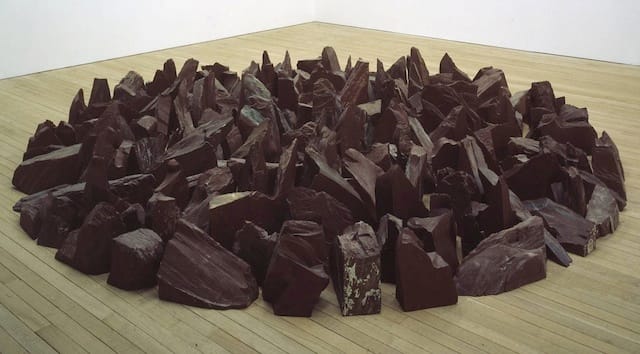
In the futuristic Spike Jonze film Her, the main character’s romantic interest is a computer operating system named Samantha that can interact, make jokes, and even have sex. While the two never make it to an art gallery, it’s not a stretch to think Samantha would be able to critique art, too. Off-screen, that kind of artificial intelligence still seems fanciful, but a new Tumblr blog suggests it might not actually be too far off.
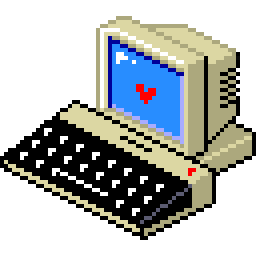
Novice Art Blogger records the impressions of a computer encountering abstract and representational art from the Tate’s digitized collection for the first time. Artist-researcher Matthew Plummer-Fernandez utilizes publicly available deep learning algorithms developed by University of Toronto scientists to generate the computer’s artistic interpretations.
At times, the computer’s responses to the artworks are charming, almost poetic. It describes one untitled 1979 grayscale print by Brice Marden as “a picture of a wall that is black and white but also a black and white picture of a wall.” And Frank Auerbach’s “Reclining Figure II” (1966) recalls “a wooden bench near the beach decorated with purple chiffon.”
But for the most part, its musings sound like they came from the lovechild of humorist Jack Handey and a clueless art history major. Under its analysis, three figures in Henry Moore’s 1974 lithograph “Three Cloaked Figures I” become “a pair of elephants next to a wall.” In fact, our inexperienced blogger seems to have a proclivity for elephants, believing Menashe Kadishman’s 1979 screenprint of a flock of sheep to represent “a lot of elephants in the river … similar to a sandy area with an elephant made from sand.”
Just because the computer’s artistic interpretations read a bit silly today doesn’t mean they always will. Some scientists say they’re closer than ever to closing the emotional gap between humans and machines — that is, the ability to feel, which is essential to arts criticism. In 2013, Google’s chief artificial intelligence researcher Ray Kurzweil told Wired he believes computers could be emotionally intelligent by 2029 (granted, it’s a hotly disputed subject).
Yet even if computers could respond to art emotionally, it seems doubtful it would ever enrich them the way it enriches us, which has implications for how meaningful their artistic insight might be. Art lovers often return to the same paintings repeatedly over long stretches of time, gaining a deeper relationship with the work that nourishes their understanding of it. Could machines ever really experience that?
Maybe not, but they may still prove useful in enhancing our own art historical knowledge. As Selena Larson noted on The Daily Dot, computer scientists have also used deep learning algorithms to find undiscovered influences of famous artists. Who knows what else they might reveal as technology grows more sophisticated. Until then, Novice Art Blogger offers an entertaining diversion from the daily grind — a harmless opportunity to poke a little fun at ourselves and art both.
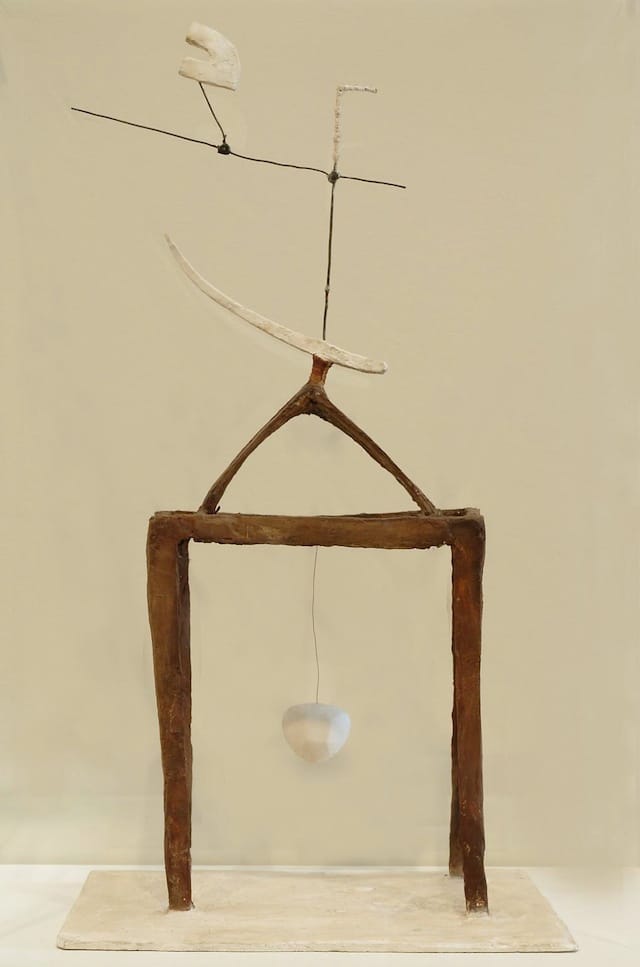
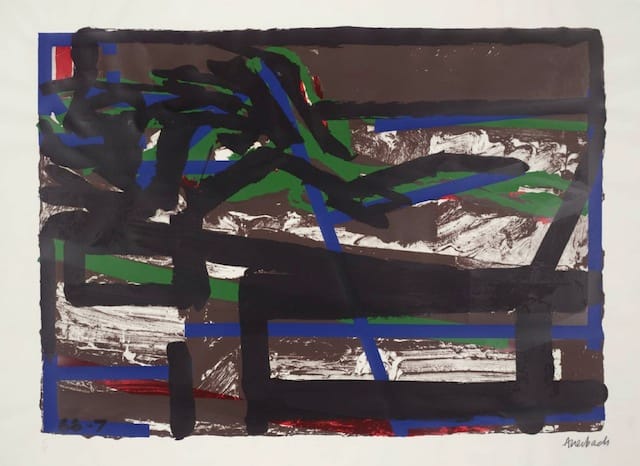
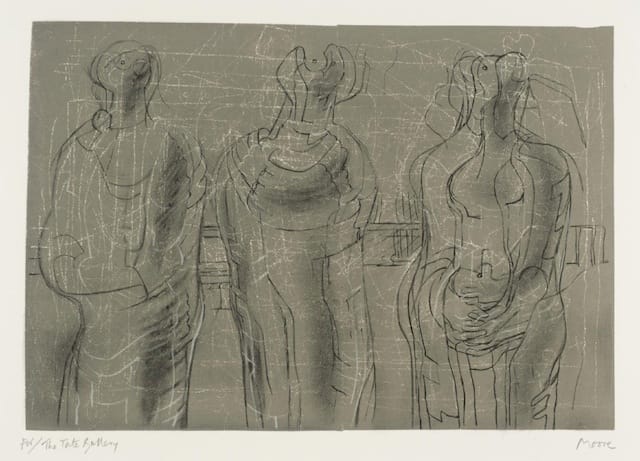
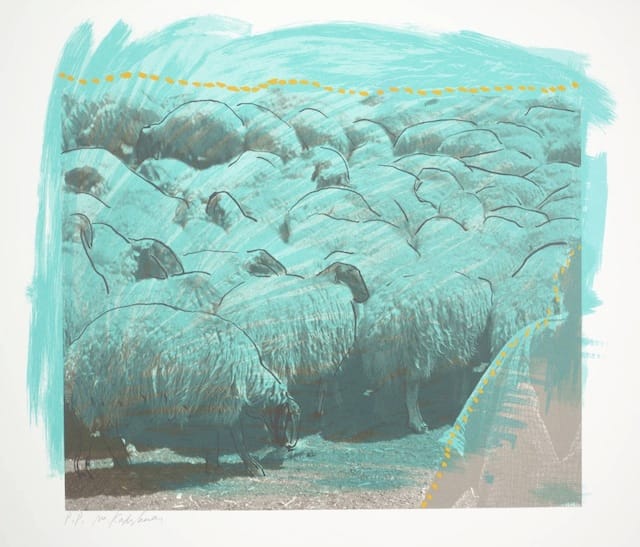

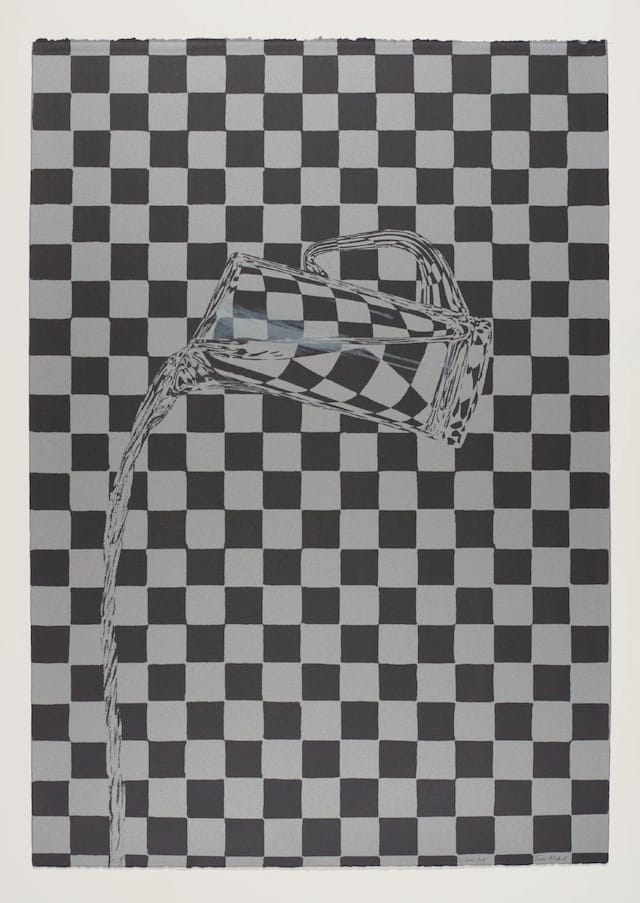
h/t The Daily Dot




